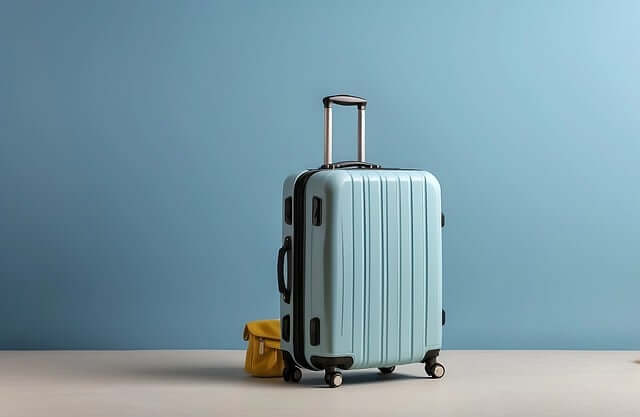Australia has announced a significant increase in student visa application fees, raising them from $710 to $1,600, effective today, July 1, 2024. This 225% hike now makes Australia the most expensive country for student visa applications, surpassing the costs in the United States (US$185) and Canada (C$150, approximately US$110).
Government’s Strategy
The Australian government introduced this fee hike as part of a broader strategy to manage record-high migration levels, which have added pressure to the housing market. International education is a critical sector for Australia, contributing $36.4 billion to the economy in the 2022-2023 financial year. However, the government aims to ensure the sector’s sustainability while addressing the challenges posed by high migration numbers.
Visa Fee Details
The new visa fee increase also affects additional charges for accompanying applicants. Each accompanying family member aged 18 and over will now incur a fee of $1,445, while those under 18 will be charged $390. This policy aims to manage the financial implications of supporting dependents during the study period.
Financial Requirements for Students
Moreover, the government has raised the minimum funding requirements for international students. As of May 10, 2024, applicants must demonstrate funds of at least $29,710, a 21% increase from the previous amount of $24,505. This new threshold is approximately $5,000 higher than what is required for a Canadian study permit application. The government asserts that this increase aligns with 75% of the national minimum wage, ensuring that students have sufficient financial support during their stay.
Tightening Regulations
Visitor visa holders and students on temporary graduate visas are now prohibited from applying for student visas while onshore. This move is intended to tighten regulations and prevent abuse of the visa system. The government has also announced measures to close loopholes in visa regulations that allowed international students to overstay their visas. This decision comes in response to a significant rise in students on second or subsequent student visas, with numbers exceeding 150,000 in the 2022-2023 period. The government aims to reduce this trend by implementing stricter regulations and enforcement.
Government’s Perspective
Clare O’Neil, the Australian Minister for Home Affairs and Cyber Security, emphasized that the changes are designed to restore integrity to the international education system and create a fairer, more manageable migration framework. The measures are part of a broader effort to ensure that the benefits of international education are balanced with the country’s capacity to sustain high levels of immigration.
Impact on International Education
As the sector adjusts to these significant changes, the impact on the international student market and Australia’s economy will be closely monitored. The government’s actions aim to ensure that the benefits of international education continue while maintaining a sustainable and fair migration system. The coming months will reveal whether these measures successfully balance the needs of students, educational institutions, and the broader Australian community.
Context for Nigerian Students
As previously reported, over 10,000 Nigerian students were granted admission to Australian universities between 2015 and 2019, according to Deputy High Commissioner of Australia at the Australian High Commission, Matthew Mechan.
By ensuring the integrity of the visa process and maintaining a fair migration framework, Australia aims to continue benefiting from international education while addressing the challenges of high migration levels.

























